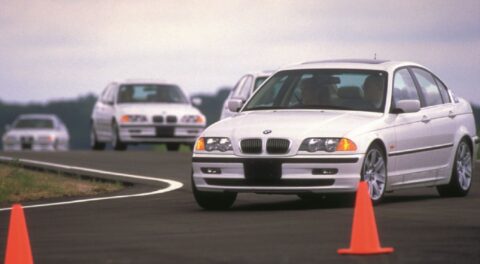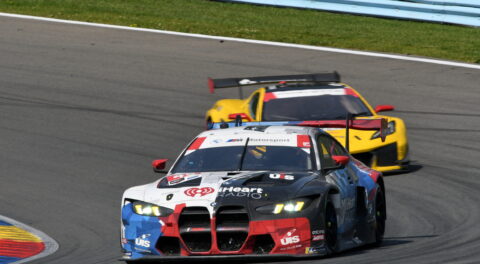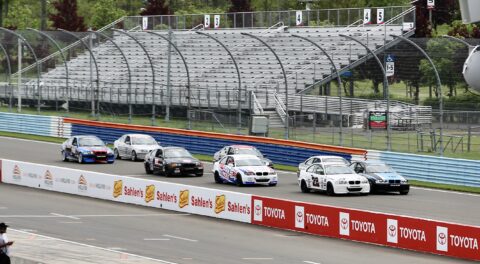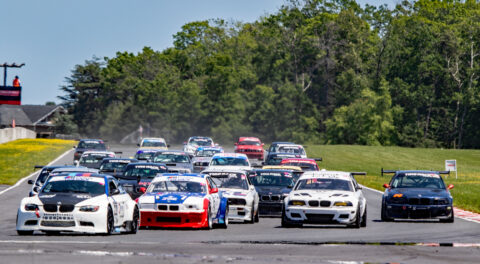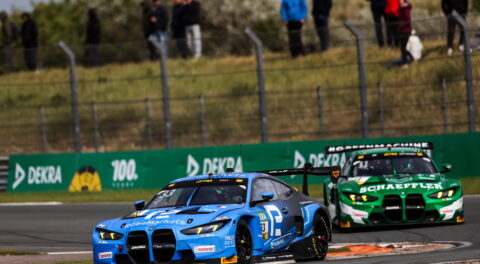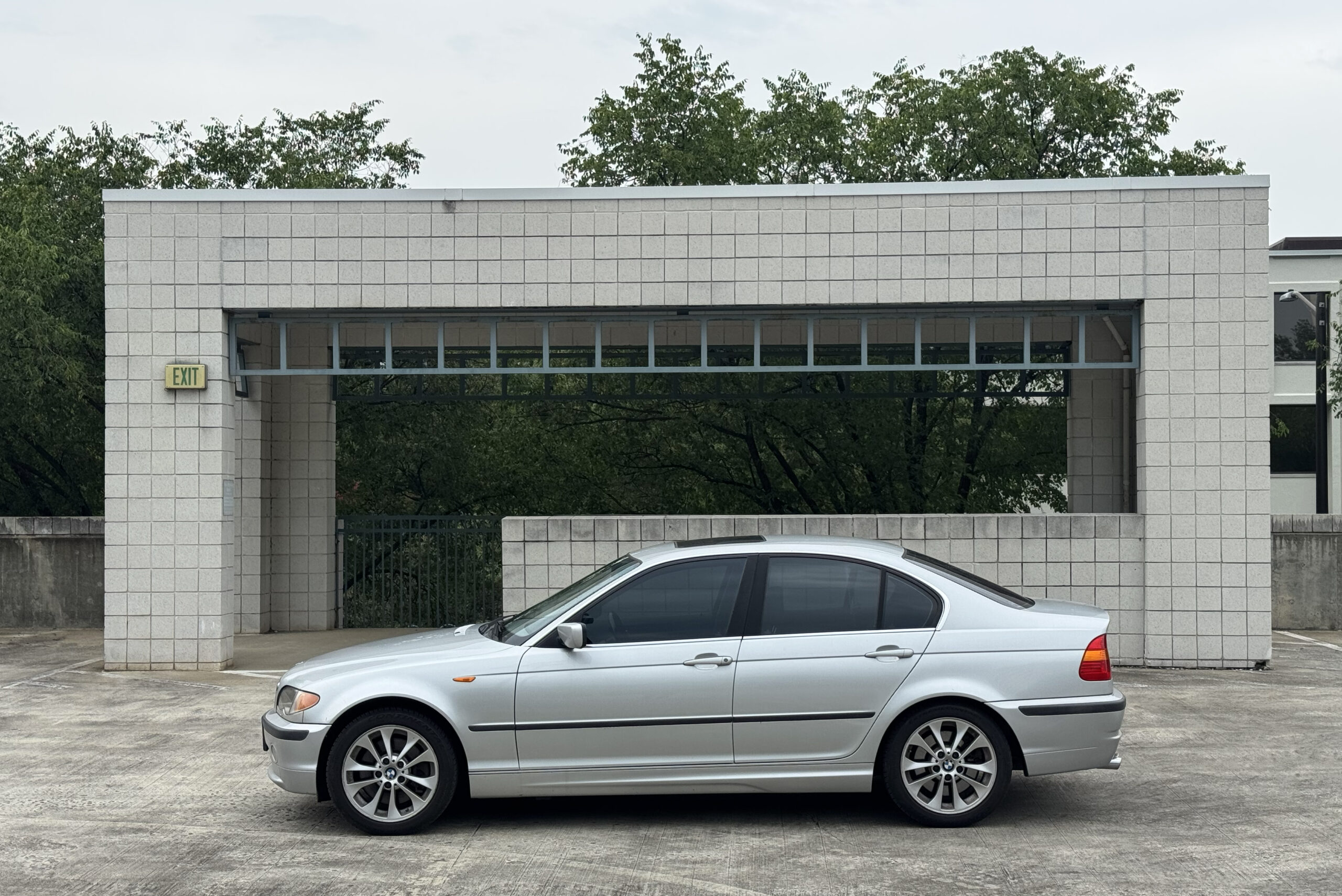One of the biggest changes in this year’s IMSA WeatherTech Sports Car Championship is that the GTLM class in which BMW Team RLL has competed for the last several seasons has been changed to GTD PRO, which will use the same GT3-spec cars as the GTD class. Previously, the GTLM cars had more power, more aero, and confidential tires that were designed exclusively for each car in GTLM, which made those cars faster over a lap than the GT3-spec GTD cars. The GTD PRO and GTD will now use not only use the same car, but also the same tires and the same Balance of Performance (BoP) mandates from IMSA, which sets the specs for the cars in terms of power, weight, and fuel capacity to make sure no car or team has a significant advantage.
The only major difference between the GTD PRO and GTD classes is that GTD PRO entries can use works drivers exclusively, while GTD must use a mix of works and amateur drivers, or amateur drivers only. This makes for some interesting challenges when it comes to racing. When a pro driver is in a GTD entry, the GTD PRO cars have no advantage and there’s no doubt those cars will race each other. “Let’s say ahead of me is a GTD PRO car and ahead him is a GTD car that I’m trying to get to,” says Bill Auberlen. “Behind me is a GTD PRO car trying to catch up to the GTD PRO car in front of me. I’m not going to let him by because I’m also trying to catch up to the GTD car that’s two cars ahead of me. We’re going to be racing against cars that we shouldn’t be racing against. When you get all these cars on the same BoP and tires and have pro drivers in them I can’t imagine how that’s going to turn out.”
BMW Team RLL driver John Edwards agrees with Auberlen and thinks the racing will get more intense in the shorter sprint races that make up the majority of races on the IMSA schedule. “At Daytona, we didn’t think about it or worry about it too much, but when we get to the sprint races where there’s a couple of GTD cars between you and a GTD PRO car ahead, it could get very aggressive very quickly,” he said. “We’ll be trying to get to the class car in front of us to race them, but the guys in the GTD cars aren’t going to want to let you go and lose time. I think its going to be really interesting to see how it plays out later in the year. It will be a shame if cars end up having contact with each other and taken out of the race when it could be a car they’re not racing against for position.”
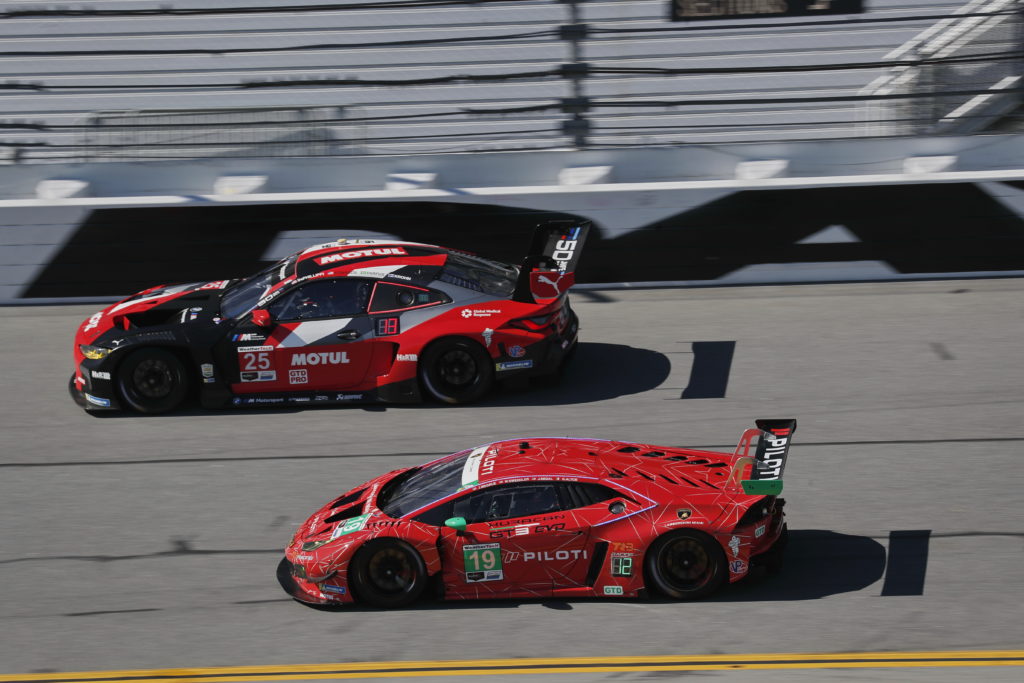
IMSA using the same BoP for both GTD PRO and GTD cars also makes for some potential issues. Let’s say the BMW Team RLL M4 GT3s are performing at a level that IMSA deems to be outside the parameters of where they want them to be and slaps additional BoP adjustments on them such as more weight or less turbo boost. With the way the rules are now, those BoP adjustments would also apply to the Turner Motorsport M4 GT3 racing in the GTD class, even if the Turner car is on par in terms of performance with other cars in the GTD class. Teams racing the same model car could potentially be penalized for something that another team is doing.
The move from GTLM to GTD PRO appears to be a good move from what we saw at Daytona. There were thirteen entries in GTD PRO from eight different manufacturers, which was up significantly from the six GTLM cars from four manufacturers that raced at Daytona in 2021. In GTD, there were twenty-two entries from ten manufacturers. Grid counts aside, it will be interesting to see how things go once the series starts getting into the sprint races after Sebring, and if IMSA will have to do anything to separate the classes more when it comes to performance.—David Haueter
[Photos courtesy LAT Images.]


